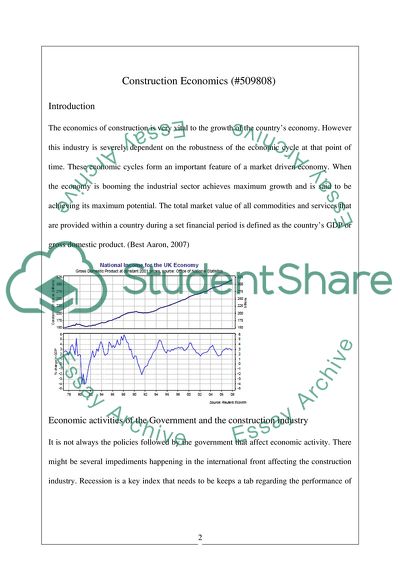Cite this document
(Economic Activity of Government and the Construction Industry Assignment - 1, n.d.)
Economic Activity of Government and the Construction Industry Assignment - 1. Retrieved from https://studentshare.org/engineering-and-construction/1749618-construction-economics
Economic Activity of Government and the Construction Industry Assignment - 1. Retrieved from https://studentshare.org/engineering-and-construction/1749618-construction-economics
(Economic Activity of Government and the Construction Industry Assignment - 1)
Economic Activity of Government and the Construction Industry Assignment - 1. https://studentshare.org/engineering-and-construction/1749618-construction-economics.
Economic Activity of Government and the Construction Industry Assignment - 1. https://studentshare.org/engineering-and-construction/1749618-construction-economics.
“Economic Activity of Government and the Construction Industry Assignment - 1”, n.d. https://studentshare.org/engineering-and-construction/1749618-construction-economics.


